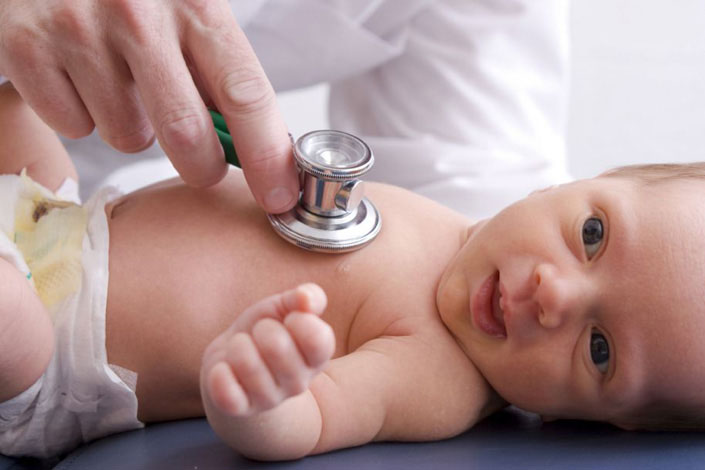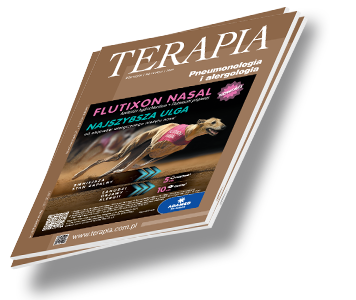Pediatria Terapia 2025, 1 ( 444 ) : 36 - 43
Zaburzenia adaptacyjne po urodzeniu noworodka z zespołem Downa – opis przypadku
Adaptation disorders after the birth of a child with Down Syndrome - case report
Zespół Downa (trisomia 21), to zespół nieprawidłowości w budowie i funkcjonowaniu organizmu spowodowany obecnością dodatkowego materiału genetycznego. Wiąże się z opóźnieniem rozwoju psychoruchowego, łagodną do umiarkowanej niepełnosprawnością intelektualną i charakterystycznymi cechami fizycznymi.
To najczęstsza aberracja chromosomowa stwierdzana u noworodków, występuje z częstością 1 : 800–1000 żywych urodzeń. Ryzyko urodzenia dziecka z zespołem Downa wzrasta wraz z wiekiem matki. Wśród kobiet 20-letnich częstość występowania zespołu Downa wynosi 1 : 1200, a wśród kobiet 45-letnich 1 : 30. Ponieważ zdecydowana większość matek rodzi potomstwo w młodszym wieku, większość tych dzieci ma młode mamy (1).

Zaloguj się i przeczytaj bezpłatnie całą treść artykułu.
Nie masz jeszcze konta dostępowego?
Zarejestruj się bezpłatnie, a otrzymasz:
* dostęp do wszystkich doniesień oraz pełnych tekstów artykułów naukowych w naszej Czytelni,
* prawo do bezpłatnego otrzymywania newslettera "Aktualności TERAPIA" z przeglądem interesujących i przydatnych wiadomości ze świata medycyny oraz systemu ochrony zdrowia w Polsce i na świecie,
* możliwość komentowania bieżących wydarzeń oraz udziału w ciekawych quizach i konkursach.
Zapraszamy serdecznie, dołącz do naszej społeczności.



Dodaj komentarz